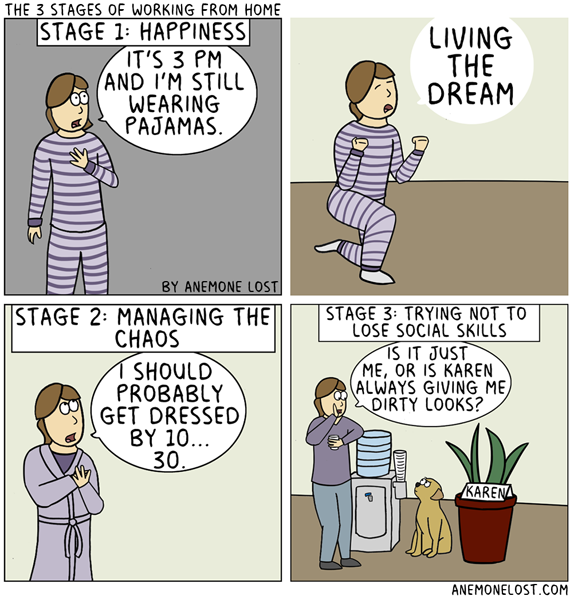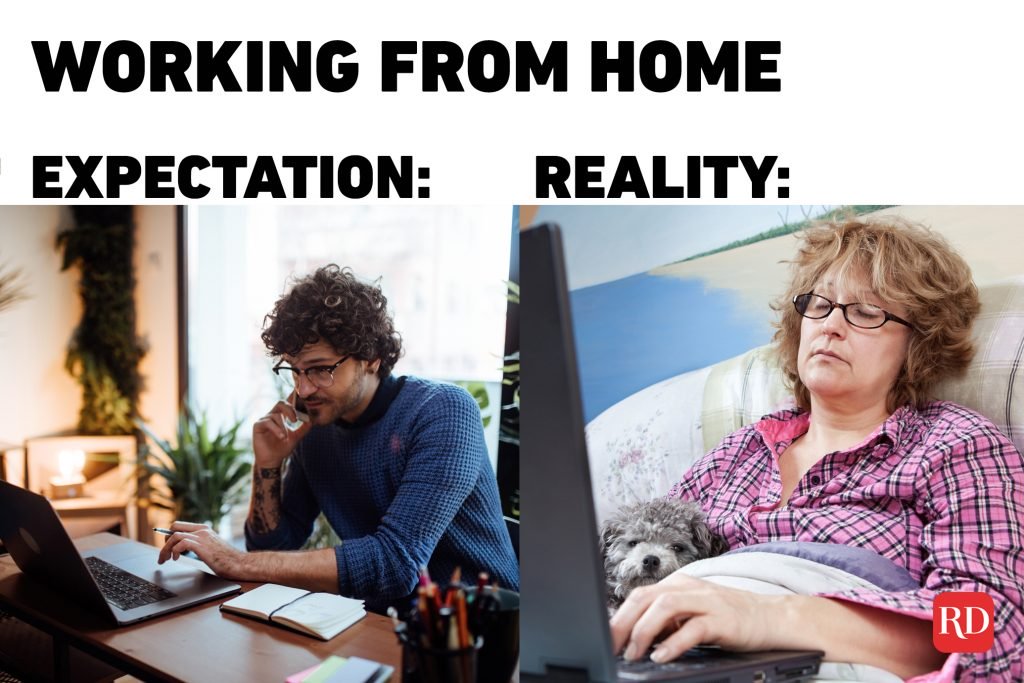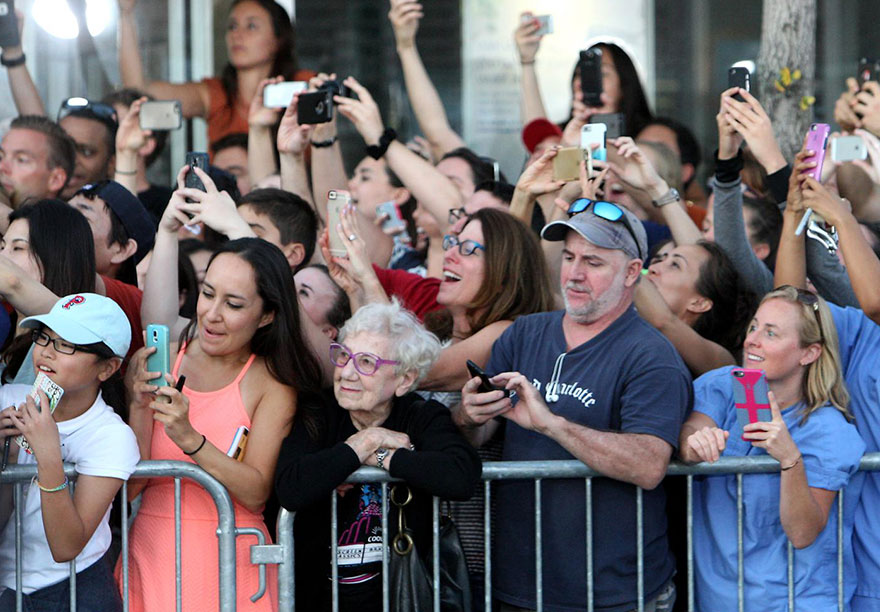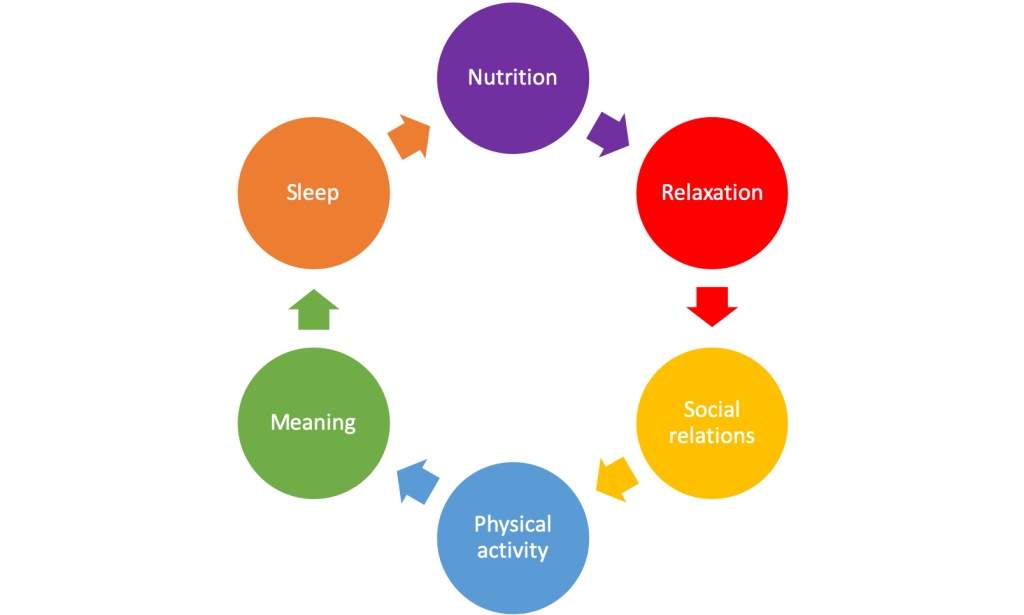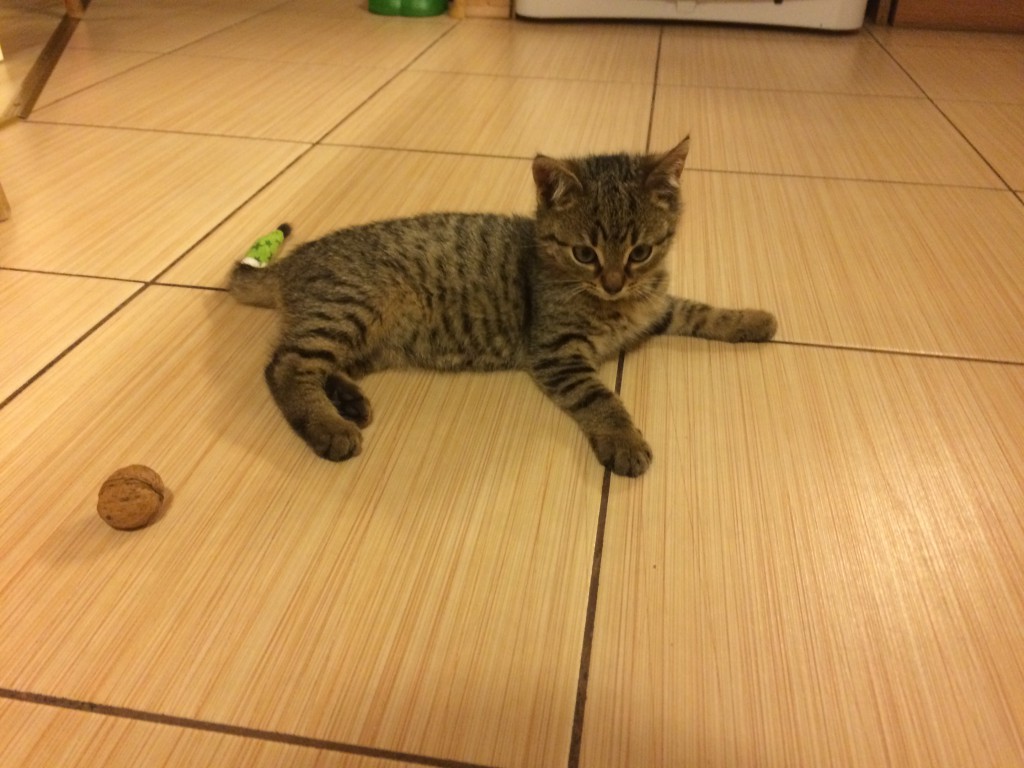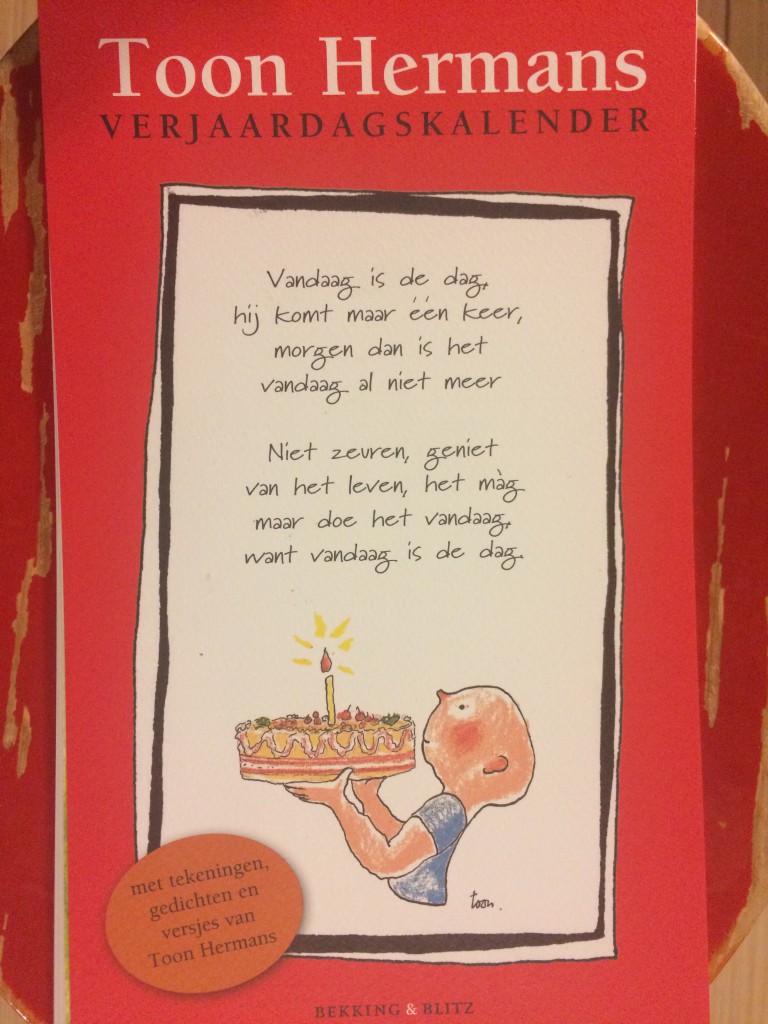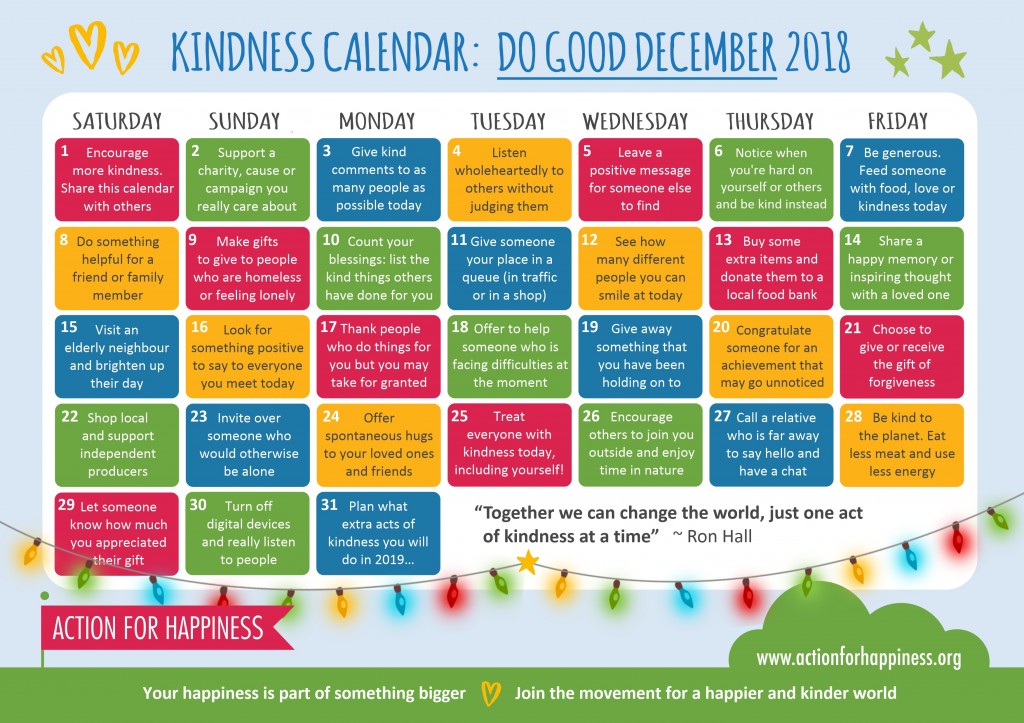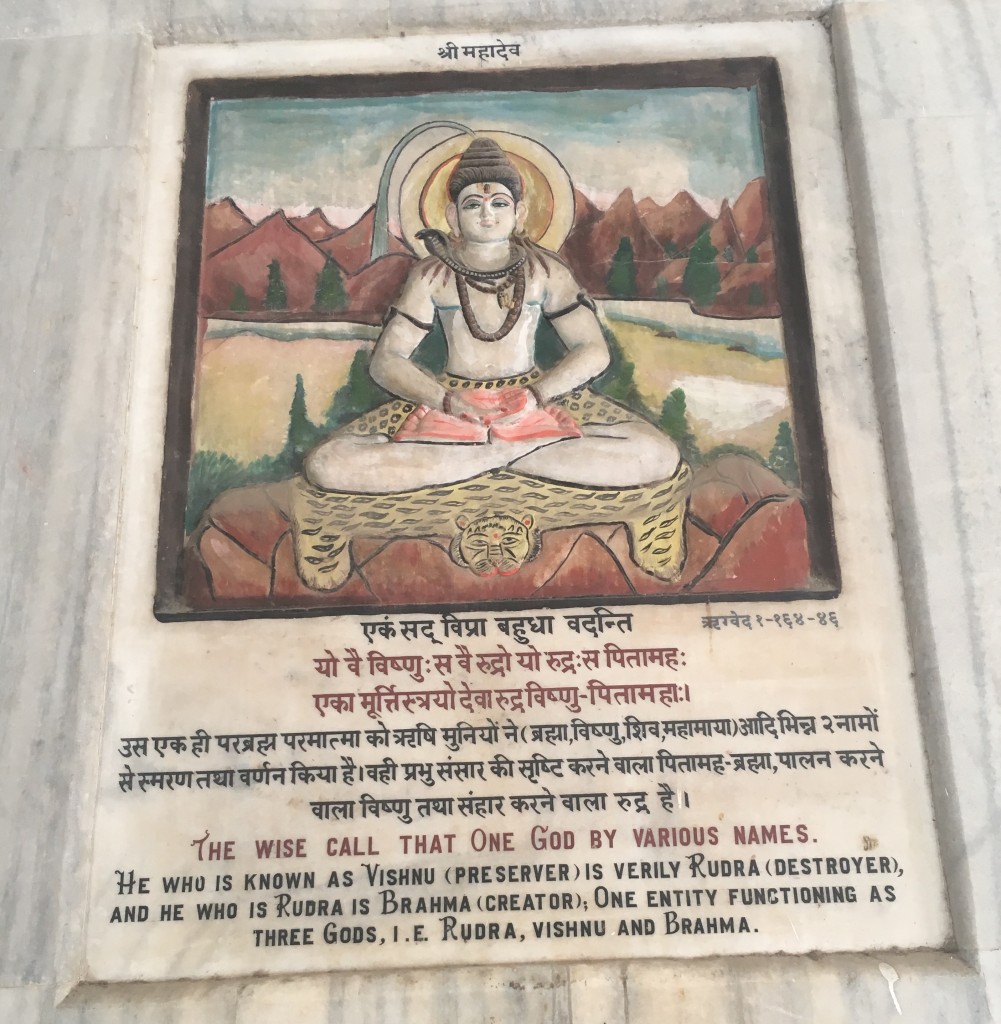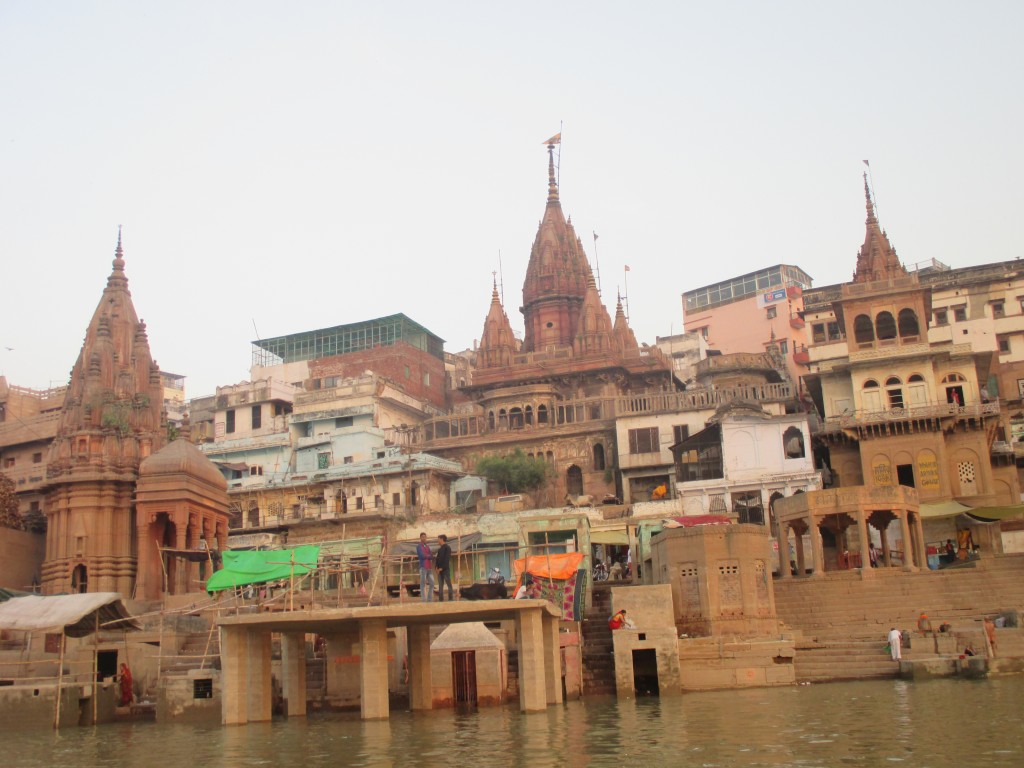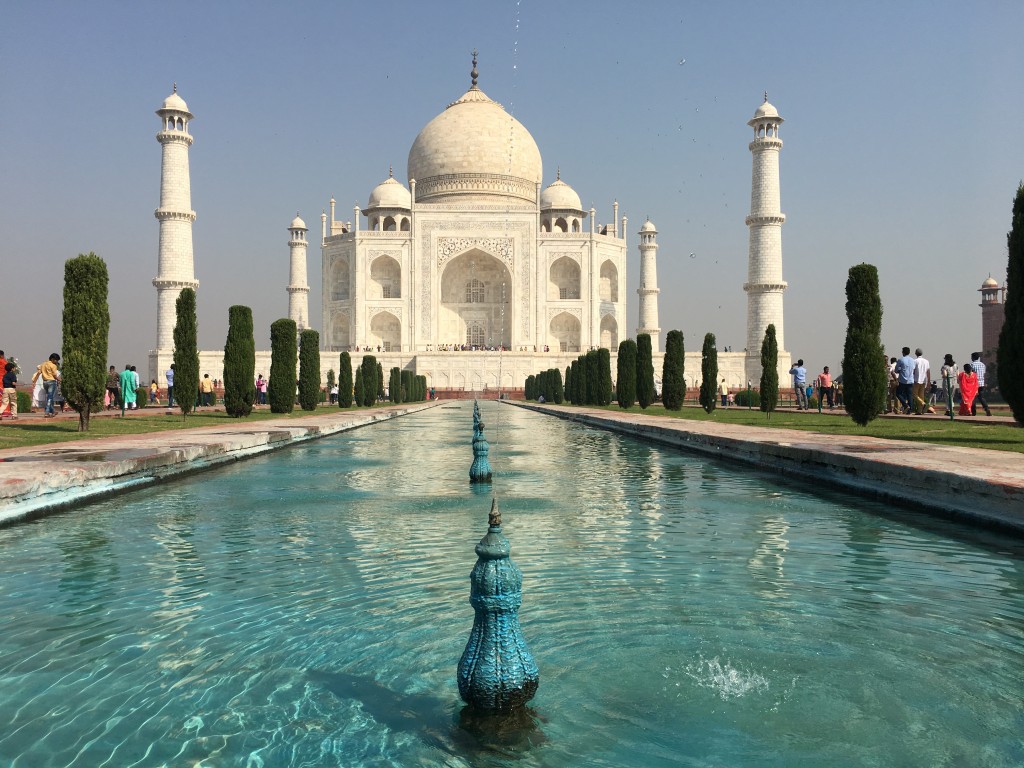On a Tuesday morning in December, I sat on my couch. I put my feet firmly on the ground, straightened my back, and opened the Insight Timer app on my phone. It greeted me with an insightful quote and asked me: how are you doing today? I answered ‘good’, the second-best in the range from ‘awful’ to ‘fantastic’. Among the adjectives to add detail on my mood, I picked ‘satisfied’ and ‘grateful’. Then, I started ten minutes of unguided meditation, as my teacher had asked me to do every day during the five week programme on resilience and stress management.
The exercise I did was an ‘SBR’ meditation. In this exercise, the S stands for ‘Sit’, the B for ‘Breath’ and the ‘R’ for ‘relax’ or ‘return to breath’. The point of this meditation is not to have no thoughts at all. That is impossible. Instead, you pay attention to your breath. Once thoughts emerge, you observe them, relax, and return focus to your breath.
The brain is a muscle that you can train; this concept is called ‘neuroplasticity’. Because of the ‘monkey’ in your brain that constantly distracts you, your thoughts go in all directions. You observe your thoughts going in all directions. Then you steer them back to your breath to teach your brain focus. That skill, my trainer said, is helping you to focus during your workday. In turn, that will help you to be resilient in face of stress.
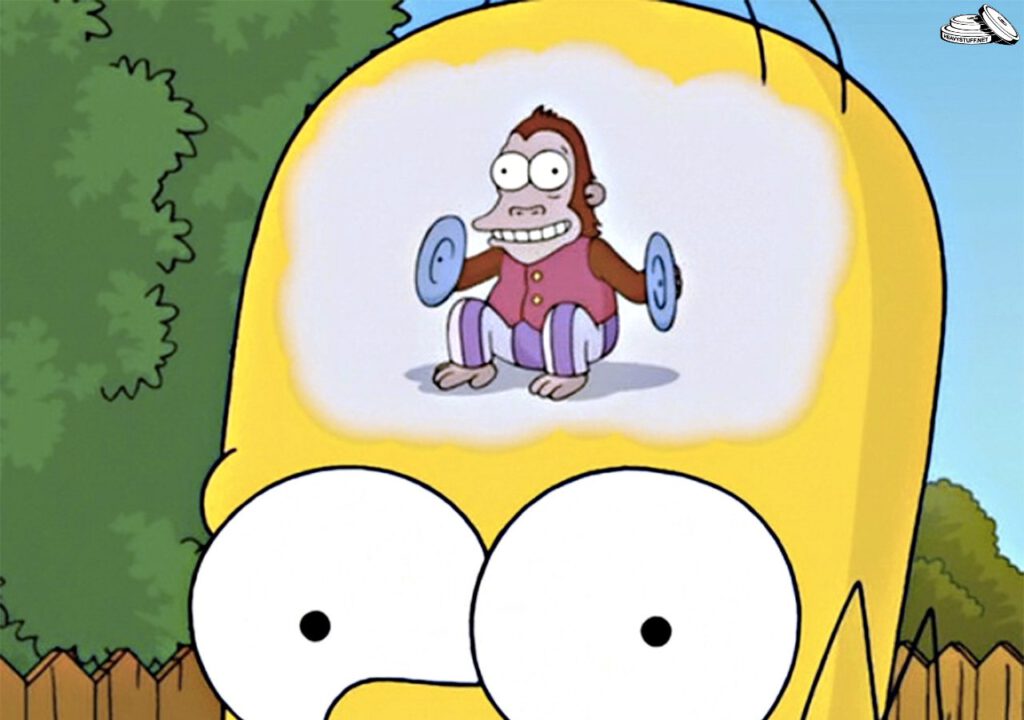
Image is not mine and found on AB Tasty.
As I did the exercise, I found my thoughts were more restless: thinking about ‘to do’s’ during the workday, chores at home, smaller and bigger worries, and so on. I felt that those thoughts represented some tension in my head. At the end of the exercise, the app again asked me how I felt. I went for ‘okay’ now, one step below ‘good’ and two above ‘awful’. For the adjectives, I added ‘stressed’ to the ‘satisfied’ one I picked before.
This unexpected effect was one of the benefits I experienced in my five weeks of daily meditation. Some days, I thought I felt good. But when introspecting more deeply, I became aware of stressors I hadn’t noticed before. I got off auto-pilot. Realising how I felt, I could pay attention to what I needed – take a break, go for a walk – and then re-focus on what I wanted to do. This helped me to manage stress and strengthen resilience.
The benefits of meditation
Meditation is listed high as a method people can use to work on their happiness. Why is that? I think because it helps people realise how they are really doing and take care of themselves, instead of going about mindlessly. Meditation can help to train the restless brain to focus.
It can be a part of your emotional hygiene, a psychological counterpart to the two times a day that you brush your teeth. Take ten minutes to check in and experience how you feel, identify your need, and go on with your day. Especially when you feel tense, it can help you. In face of stress, it has a similar effect as counting to ten before erupting in anger. Meditation is not easy, but it can be useful. Try it for a few weeks for ten minutes per day. And if unguided meditation is tough, go for a guided one, like the one below.

